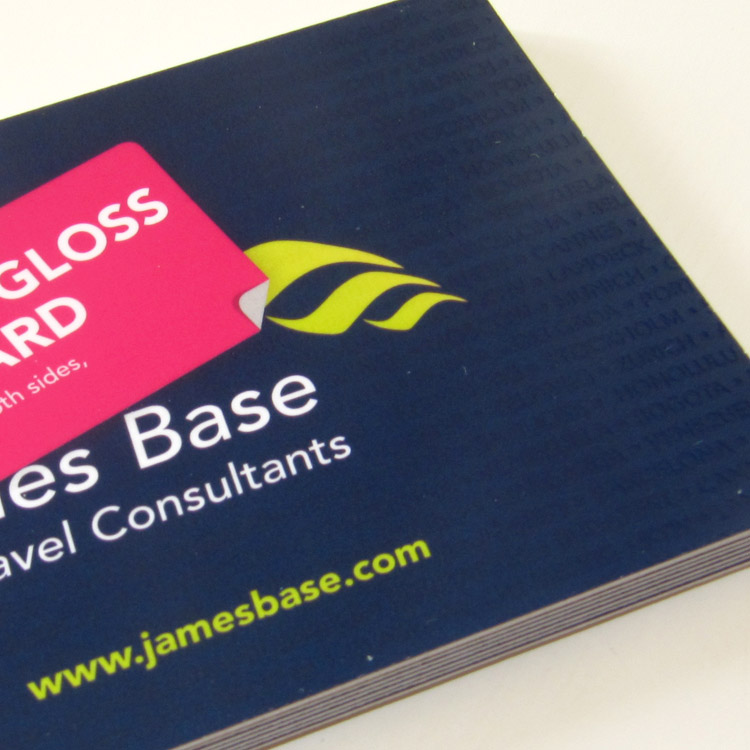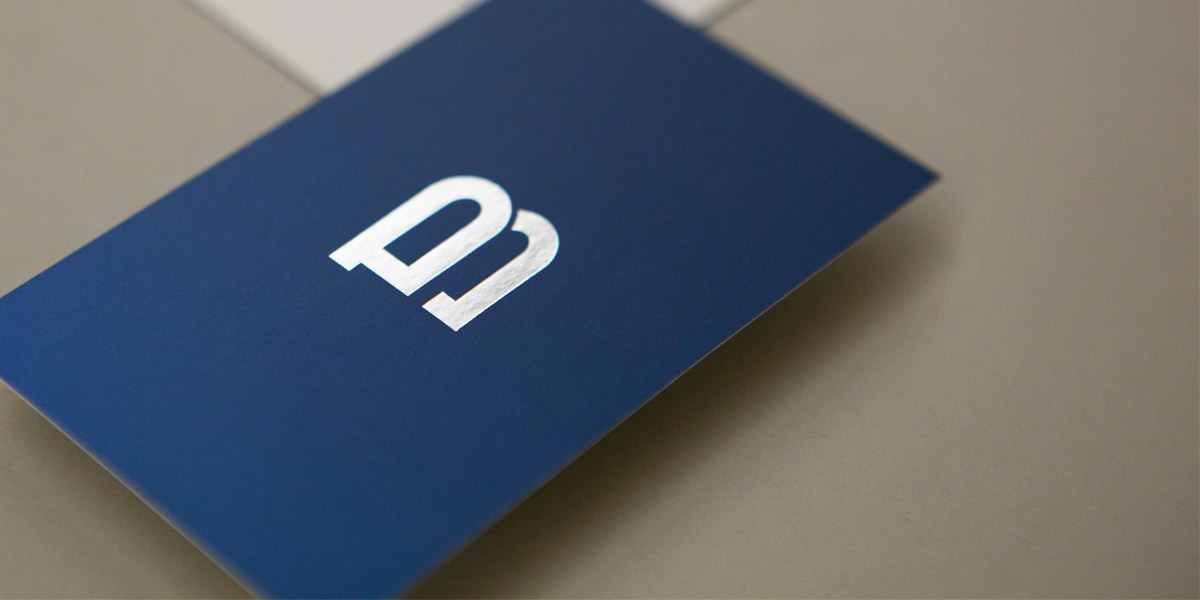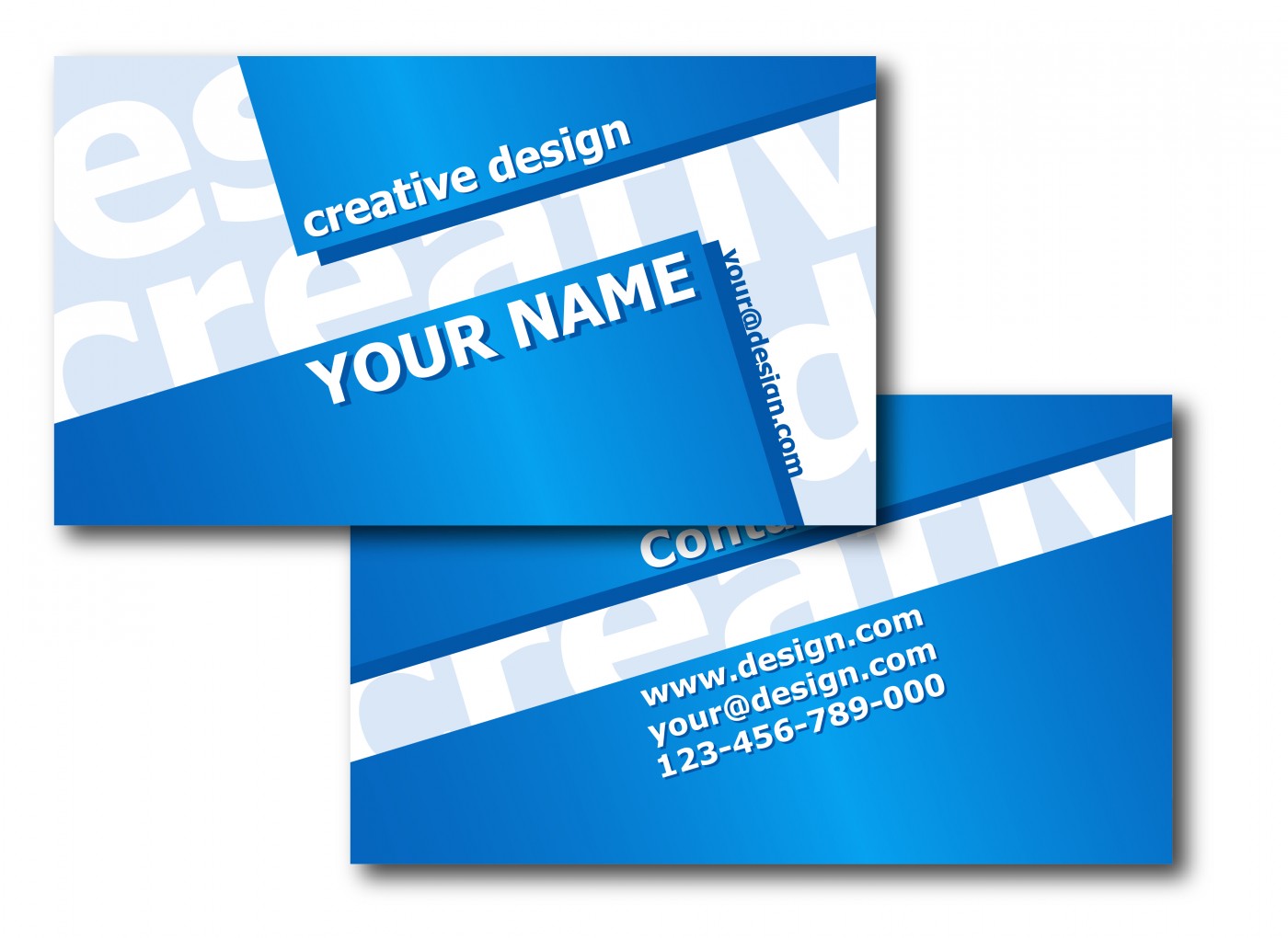At a time of all-digital, little known cardboard rectangle on which appear your details still keeps the odd! Today, many options are available to embellish your business cards and so you stand out. So how to inspire others to look and especially the keep?
A Question of Size
Know first that the standard size of a business card is 8.5 x 5.4cm. And on that point, it is better not to want to do in originality. Some offer new forms (larger, square …), but keep in mind that the format has not been standardized for nothing. It corresponds to the size of a credit card and will therefore be more suitable for insertion into any wallet or cards. Too much business card will be folded, lost or discarded as bulky.
Horizontal or Vertical?
As for the orientation, consider that most everyday cards are a horizontal format so it remains the most natural in the eyes of your interlocutors. You will opt instead for horizontal if you are an entrepreneur, part journalist … However, nothing prohibits you to test the vertical card. The information must then be arranged one below the other. This original side may be welcome if your company offers a product or atypical services.
The Back of the Card
Some cards may be written on both the front and on the back. How to know if it would suit you? To answer this, list the amount of information that will appear on your business card. In general, a two is enough to place the information about you and your business. The back allows to add, provided they are useful such as tariffs if you sell a particular product, the company’s activities if they are multiple schedules if they are individuals … But know that the interlocutor sometimes uses the back of the card to take some notes. So you need a real need to insert additional information on the reverse. Keep in mind that whatever happens is important to aerate the text for easy reading and printing clarity. Finally, avoid the text too close to the edges of the map, a margin shows more elegance.
Consider Readability
Opt for a simple typeface, sober (Times New Roman, Calibri, Arial …) and do not use more than two different sizes on the same card. However you can play with the size: do not put all the information at the same size, it helps prioritize. And choose a minimum size of 7.5 pt. To stand out here, vary between italic and bold. And larger fonts must match the important elements.
Gone Are the Days of Black And White
If your company has a graphic, it is advisable to apply it to maintain a certain visual consistency. Use of color but in moderation. The background color must be meaningful enough and remind the industry (for landscape green, gray for the building, yellow for bakers …). This helps to create a pleasant environment for the recipient.
A Card That Is Worth Gold
Prefer a quality paper, with a nice touch. This is important and gives a good image of yourself and your business. Choose matte or glossy paper (often more expensive than a standard grade but it is worth it). The varnish business cards Bright finish gives them an upscale look. Note that it is also possible to use the “spot varnish” that you choose to apply only to certain elements of your card (image, logo …). The most recent web sites may also offer you other materials (leather, rubber …), with the aim to make you seem different from others but do not fall into the trap of wanting to “do too much”. There will be more than a business card but a promotional item, which may be too bulky and unwelcome. But prefer the traditional rhymes here with rational. Banish printing and cutting “home” and too thin paper (often low-end, inexpensive on-site).
The Choice of Information
Your business card should quickly teach its owner, its brand, but this should not turn into sales brochure. It is well known: too much information kills information. This requires that you select and especially you! A classic card itself is supposed to give the trade name of your company, your name, your title and contact information. You can register both those for joining the company and contacting. The e-mail address and mobile phone number are essential and you can also add the address of the company’s web site. If possible describe in a few words under the company name that is called your “Unique Selling Proposition” that is to say, the argument that your company is different from other…
Adding Pictures
If you have a professional custom logo design appear on the card is the visual element that allows the other person to remember you and your business at a glance. If this is not the case you can choose a graphic element in the database of websites. But take care not to fall into the cliché of the trowel to represent the building. It’s not very original. Prefer the rigor a photo taken by you, reflecting your business (a building under construction, for example). Adapt the size of the logo or image so that it does not overwrite the text.
A Personalized Card
Remember that you can make more cards. The information may not be the same as your recipient (customer, investor …). Instead of wanting to absolutely everything, adapt your information and does not make a “boilerplate” card. For a client you can highlight the services offered, the products you sell … And for an investor prefer the addition of information on the contractor and the project.
A 2.0 Card
Last tip: now spends much communication by digital technology. Even if the card still has good years ahead of it, show that you are a fan of new technologies and order your business card at www.customlogoonline.com that will allow the recipient to access directly from their smartphone or tablet to your website or your professional profile. Dedicated sites offer you to do it quickly and for free, and you are sure to show you original and cutting edge technology.




